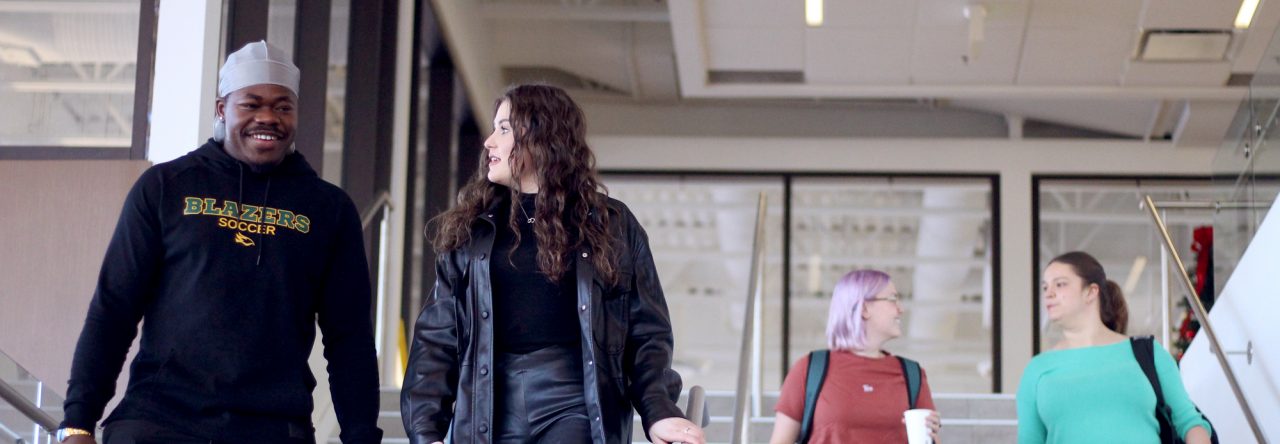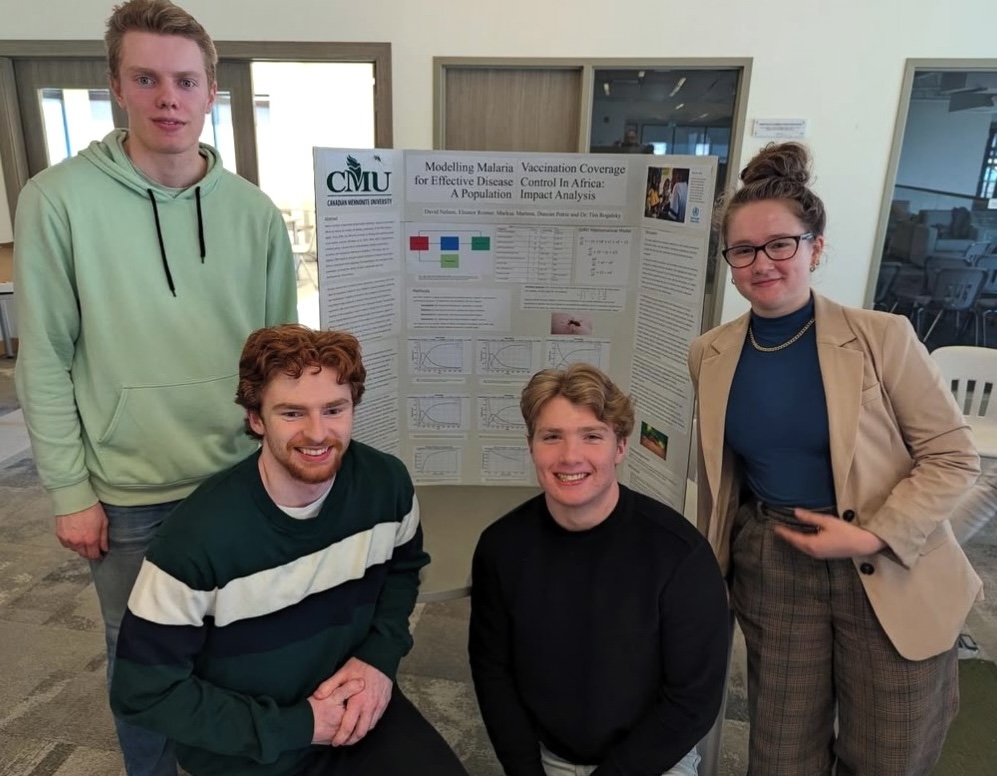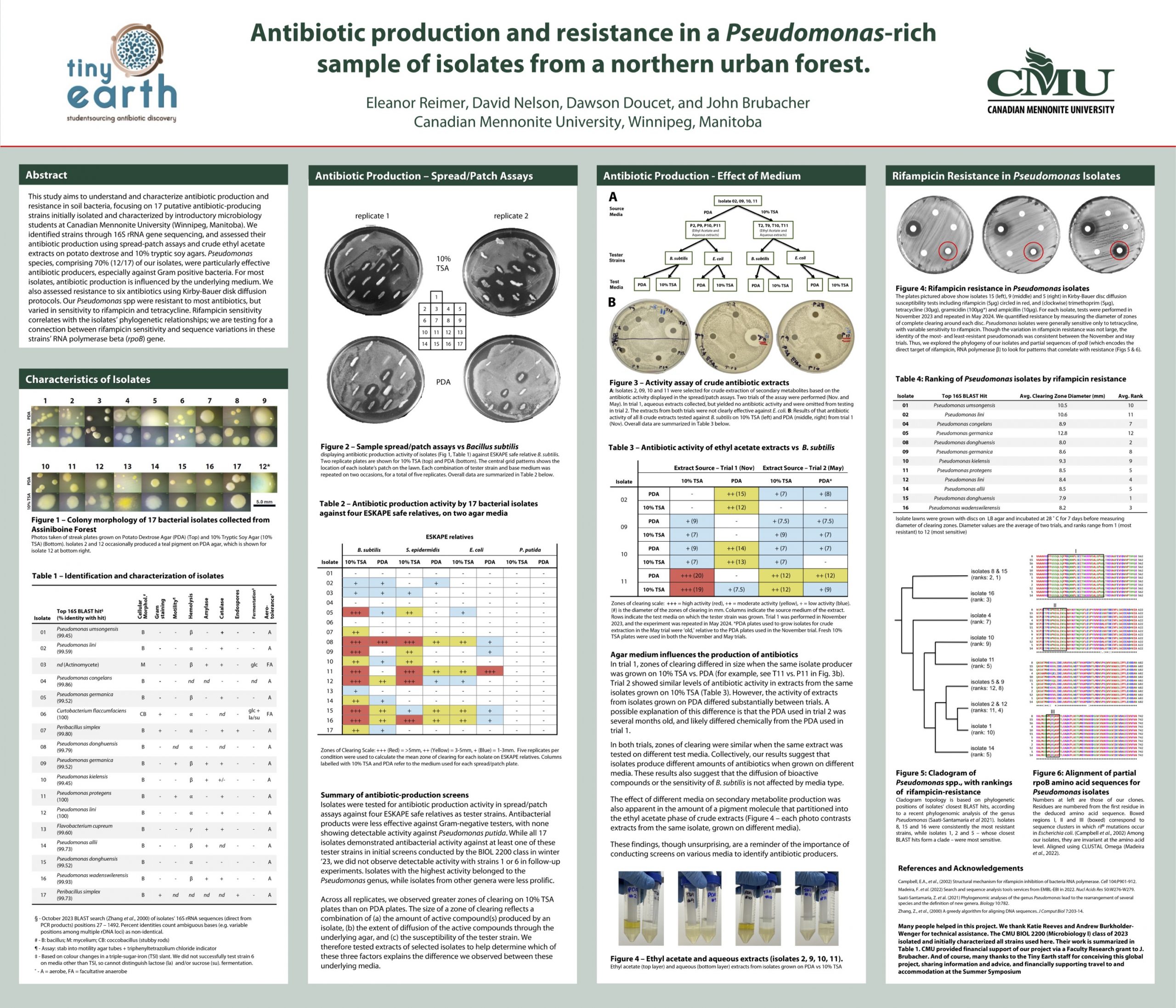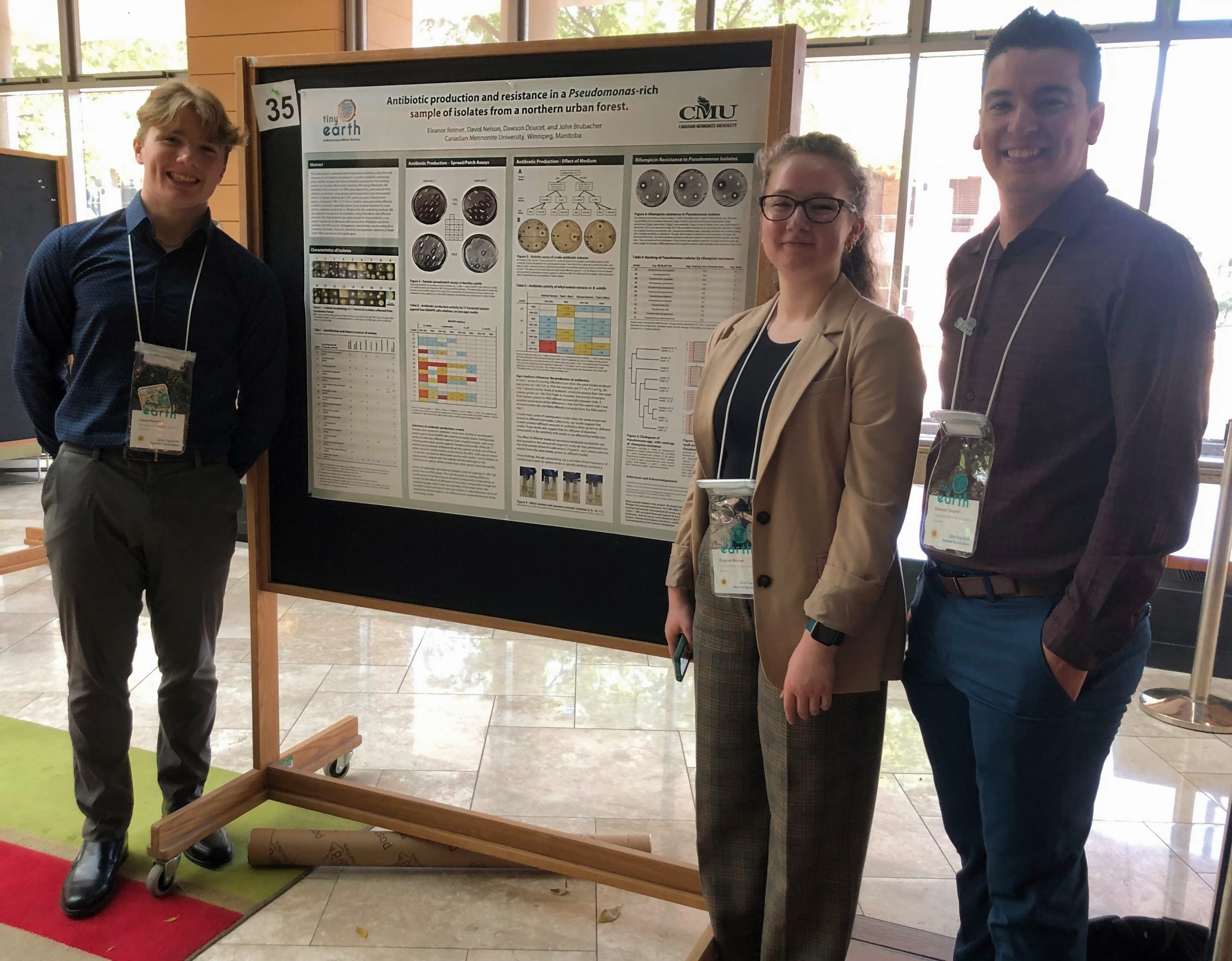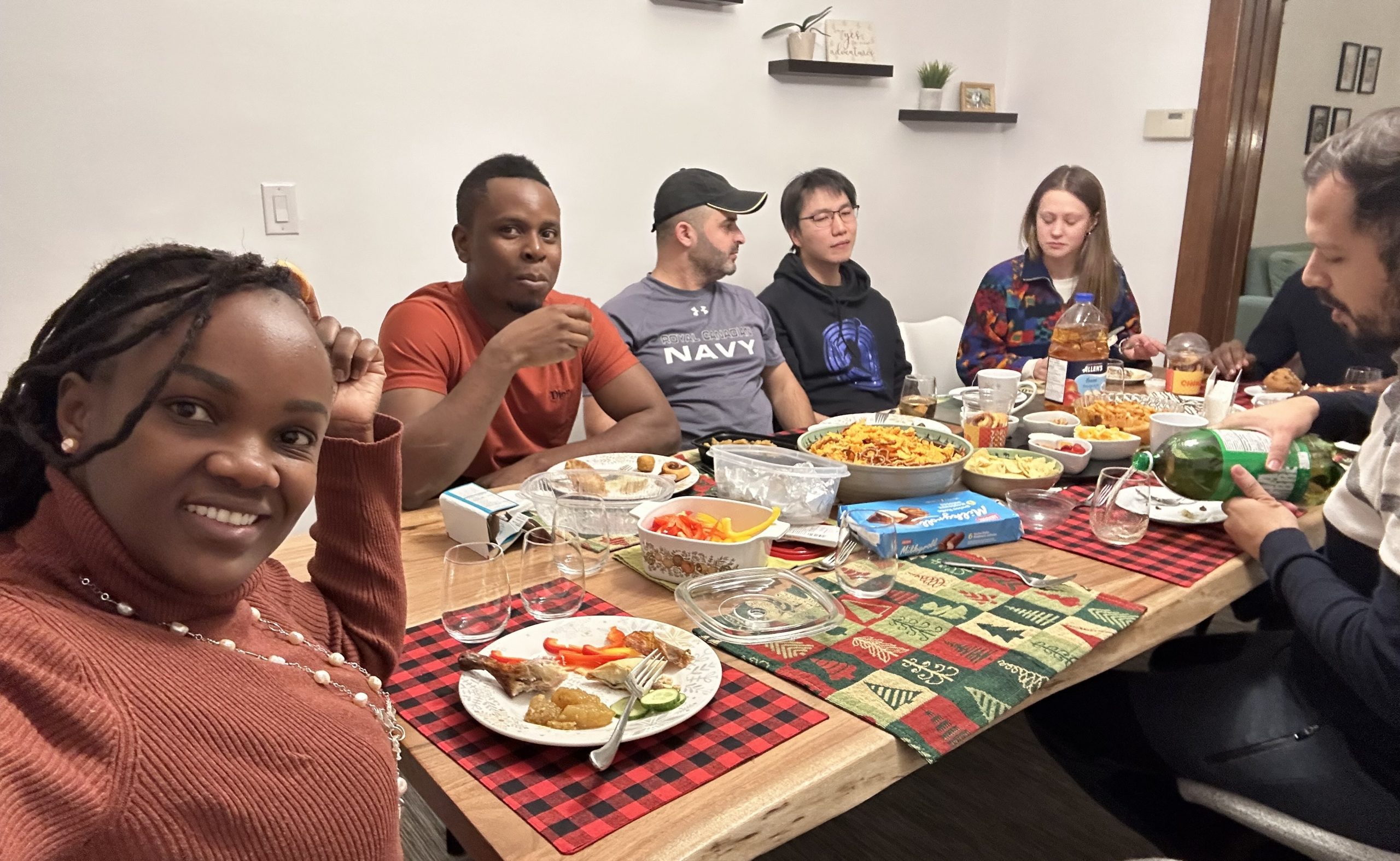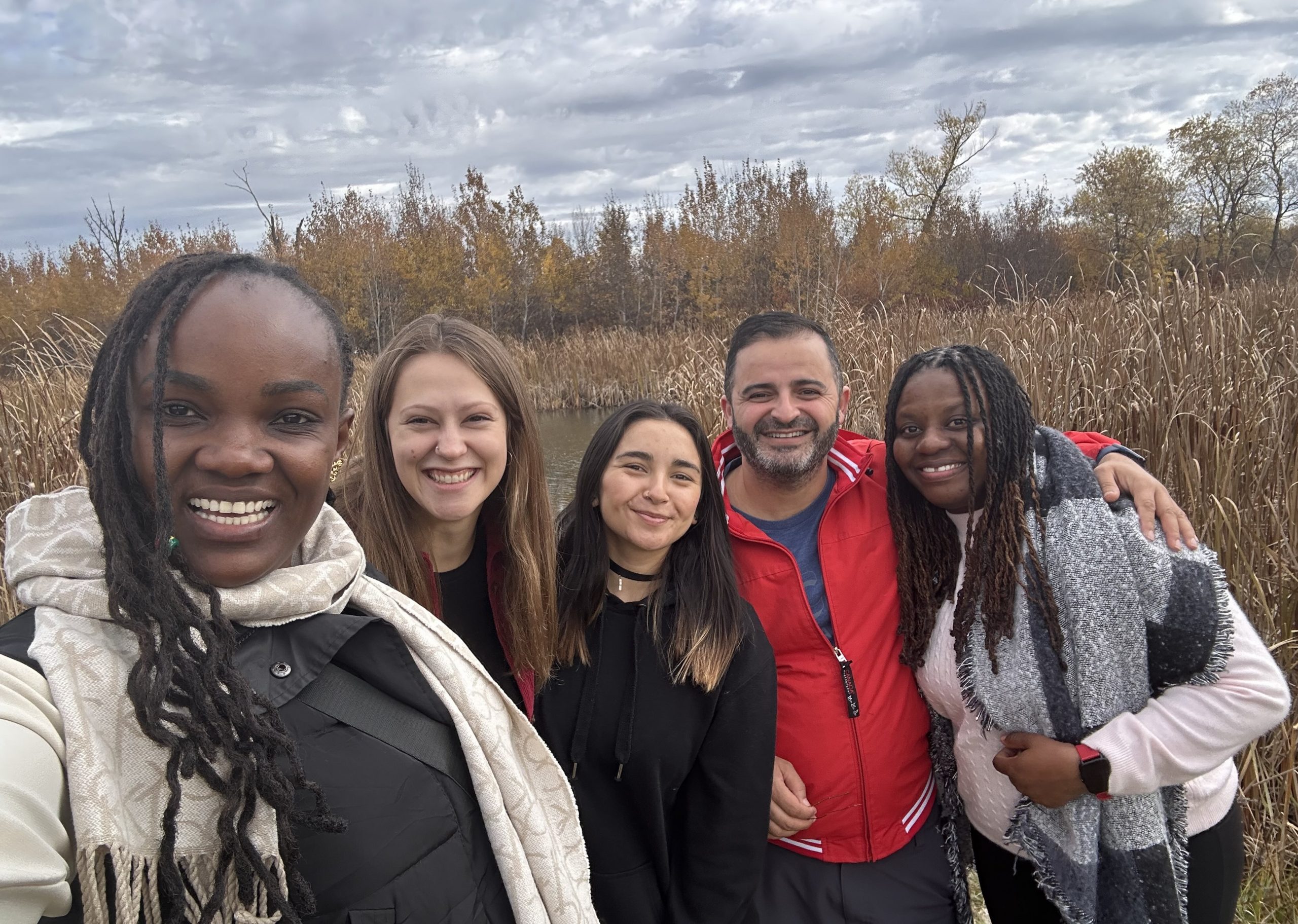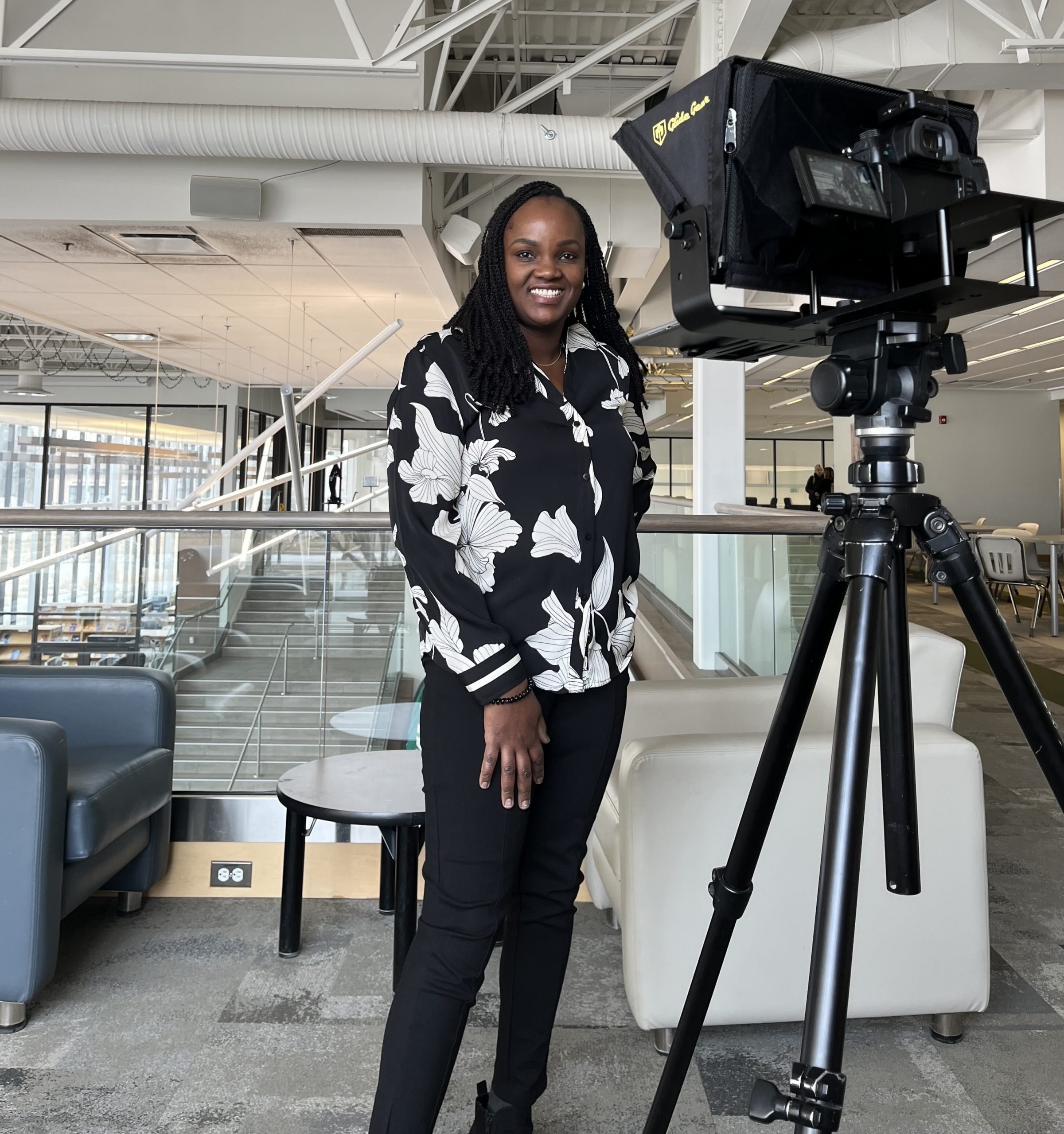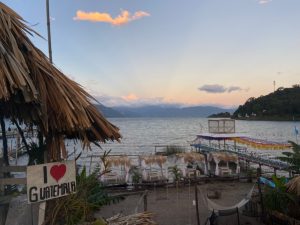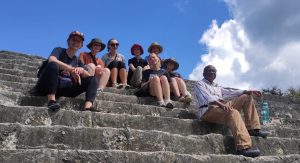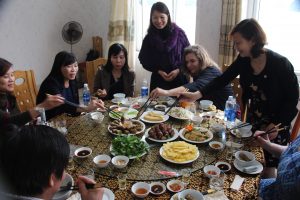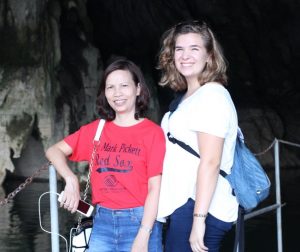In late 2020, during my senior year of high school, I was certain that I wanted to become a dietitian. However, in late April 2021, I realized that I was not interested in pursuing a career in healthcare (or having any chemistry classes). I wanted to pursue a program where I would be able to express myself creatively, which is something I have always enjoyed, while still being able to build a successful career. After doing some research, I applied to the communications and media program at CMU, and it would turn out to be one of the best decisions I could make for myself.

Although I had an idea of what to expect from the program, it still exceeded my expectations (and it continues to do so to this day!). I did not expect my experience to be as rich and diverse as it has been in the past four years. To any applicants interested in learning more about the communications and media program or life at CMU, I have four insights to share with you.
1. Communications is a broad area of study and CMU will allow you to explore it all.
There is a great number of areas that you can explore while studying communications at CMU. Throughout my degree I have taken classes such as Public Relations, Marketing, Graphic Design, Radio, Journalism, Oral Communication, and Digital Video Storytelling. This enabled me to explore all the career possibilities I could have with a communications degree and prepared me for the job market, as I have acquired a great and diverse number of skills during my time at the university.
2. Get involved with student groups as much as you can!

Student groups at CMU will provide amazing opportunities to connect with peers with similar interests, engage with staff and professors, as well as network with professionals in your field. I am currently the Communications Student Association Co-Director. This role has allowed me to connect and collaborate with other peers from diverse areas of study such as communications, business, and sciences, create networking opportunities for students, develop my leadership and cooperation skills, and discover my passion for event planning, marketing, and advertising. Being a student leader has helped me grow professionally and personally, and it certainly has been one of my favourite parts of being a CMU student.
3. It is a lot of work, but extremely rewarding.
While studying communications, you will spend countless hours recording, designing, editing, shooting videos, writing, brainstorming, learning how to use new software, and practicing for presentations and speeches. However, once you see the finished product, you’ll realize that all your hard work was worth it. Through the hands-on work you are doing in the classroom, you are practicing and preparing for future job opportunities, developing your creative skills, and building a rich portfolio that will be key as you begin your professional career. I completed my work-integrated learning placement in the summer of 2024 at Birchwood Automotive Group, where I continue to work as a marketing intern. Skills that I have acquired in the classroom, such as video production and editing, photography, graphic design, and creative writing have been extremely helpful in my daily tasks and projects at Birchwood.
4. You will receive all the support needed throughout your degree.

As CMU is a relatively small school, you will usually have around 20 classmates in each course. Smaller class sizes allow you to build meaningful connections with your peers and professors. Your instructors know your name here; you are not just a number. Transitioning from high school to university was challenging for me, however the support and feedback I received from professors and staff during my first semester helped me adapt to university life. I am extremely grateful for all of the assistance I have received and continue to receive from CMU as I continue to develop personally and professionally.
Choosing to study Communications and Media at CMU was the best decision I could have made for myself, and if you ask me, it is the right decision for you too!
Manuela Mariño Calixto is a fourth-year Bachelor of Arts student, majoring in Communications and Media.

